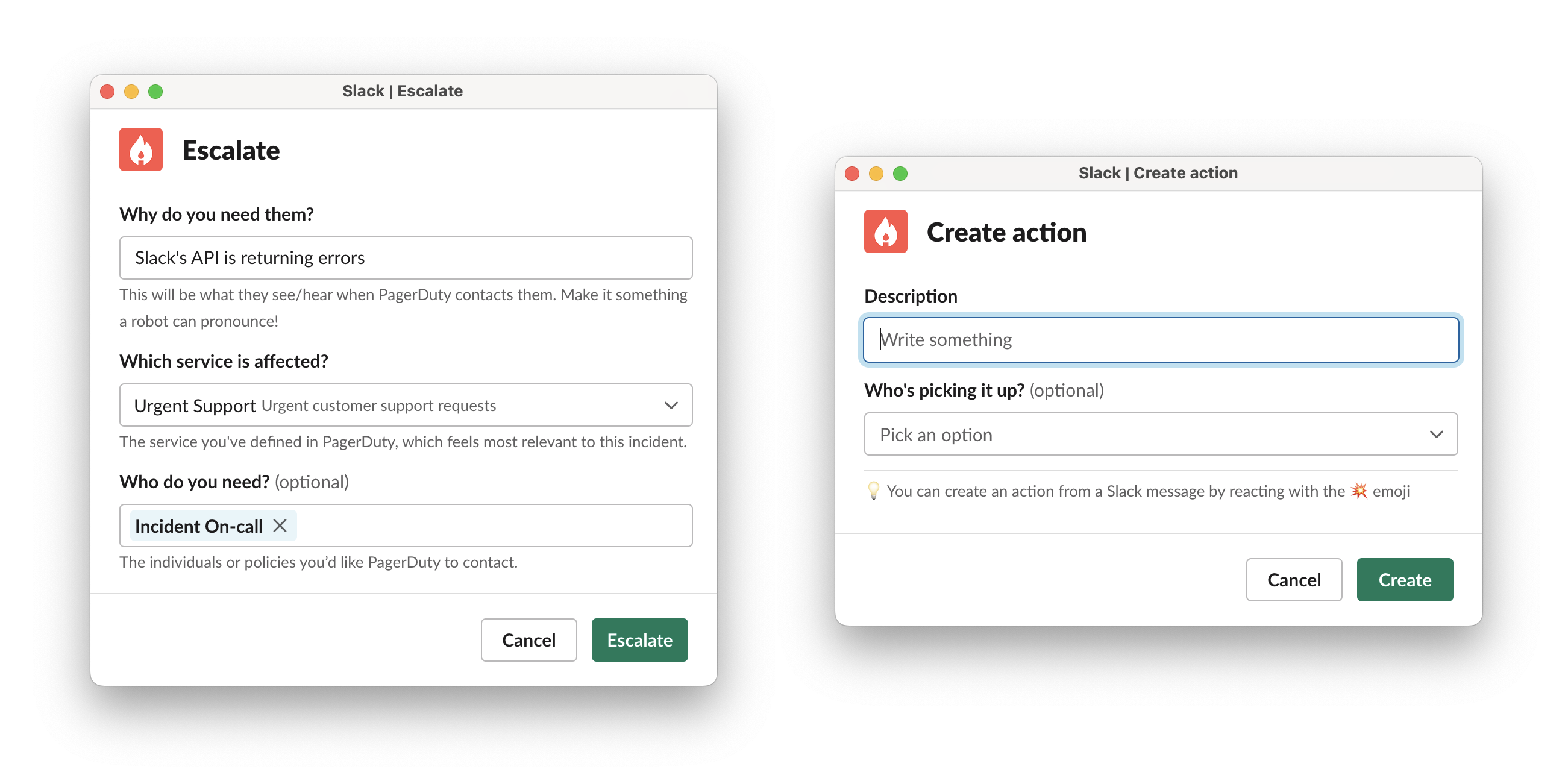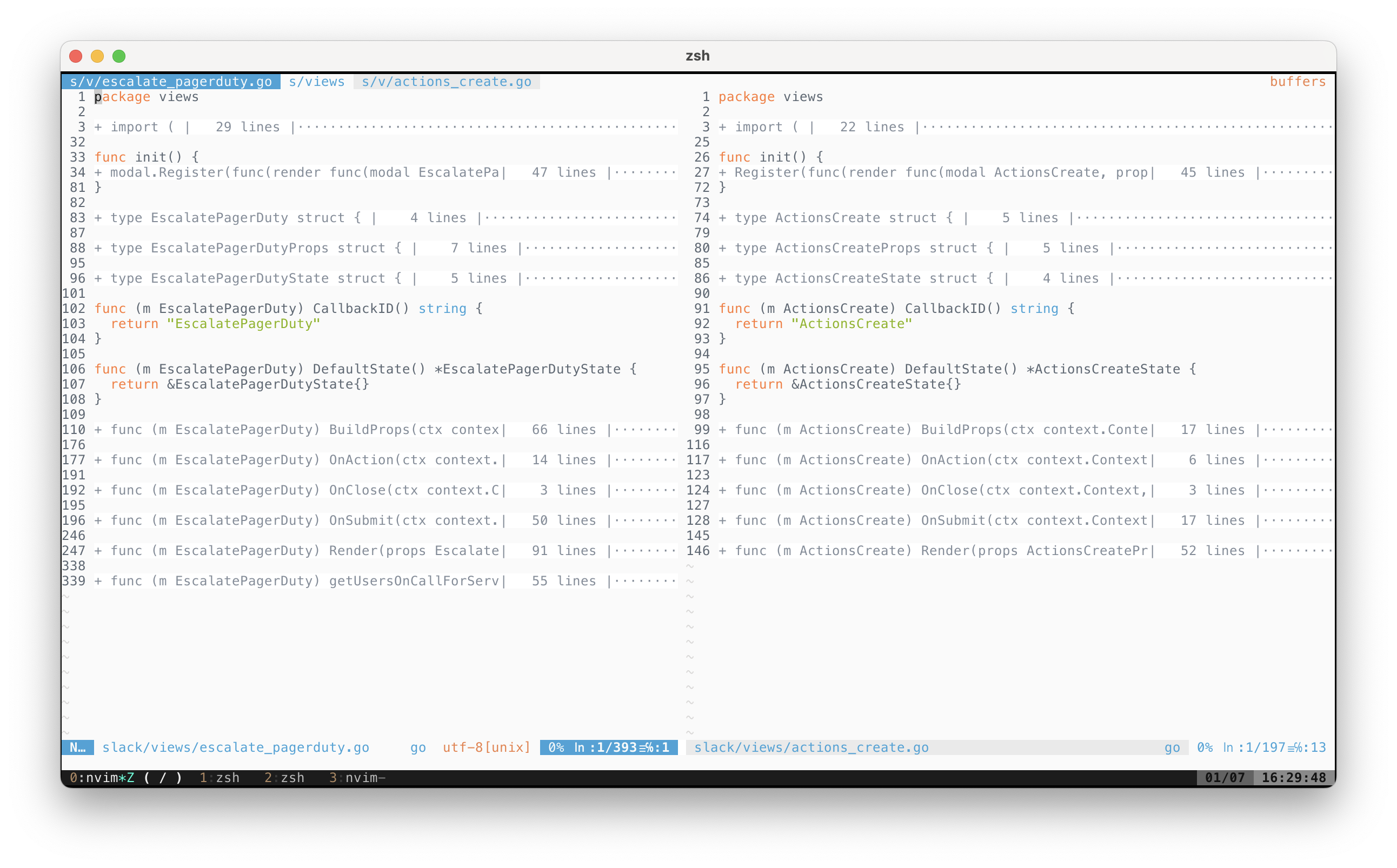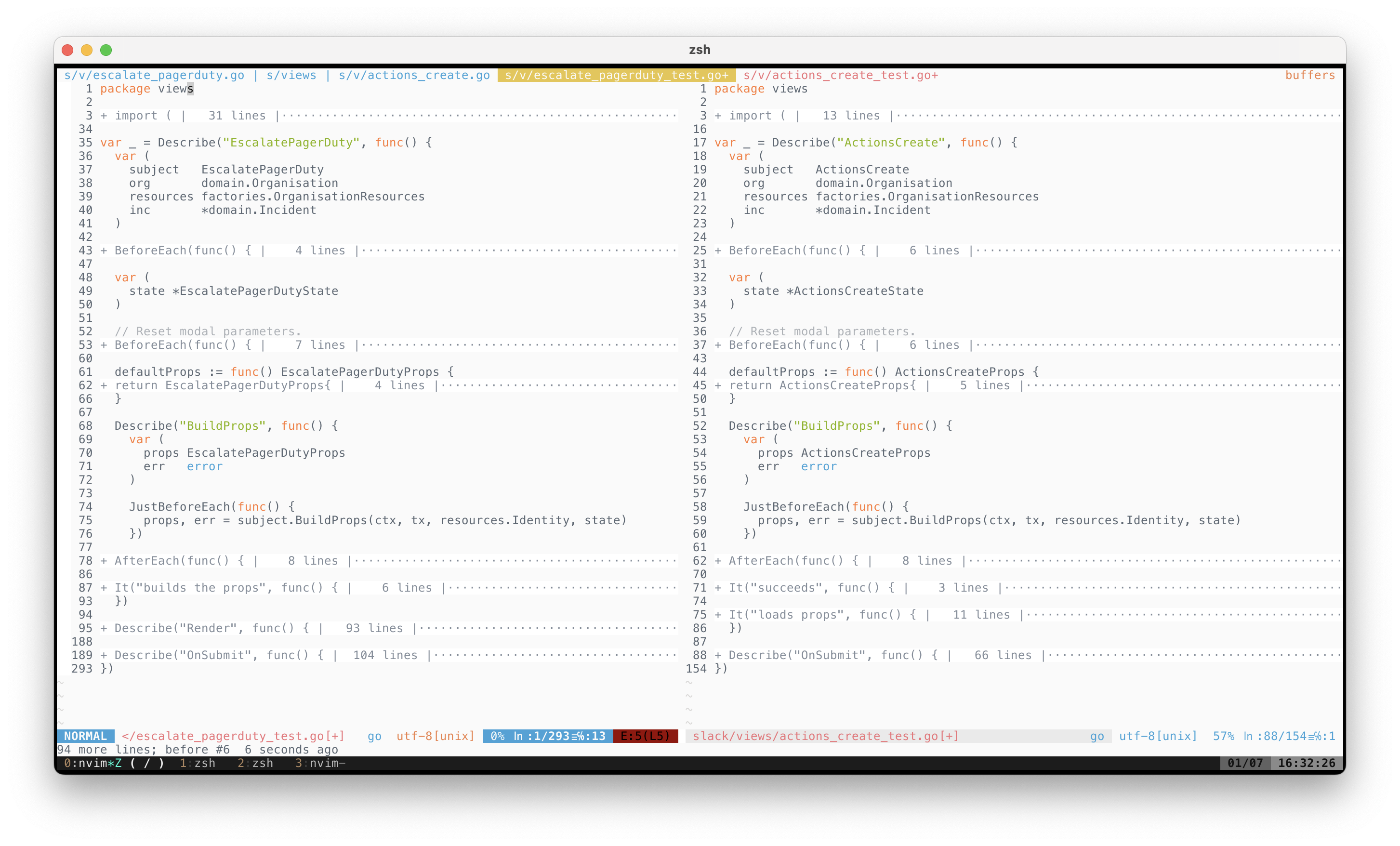From the moment you learn programming people tell you “don’t repeat yourself!”
So what I’m about to suggest might sound odd. But I’m here to say that if you want to ship high-quality software at pace, you should be investing in abstractions that are designed to enable copy-and-paste.
When you look at most software teams, they work within an existing application and extend it with new features. Most tickets are “build another X” where X is a backend API, frontend form, database model, whatever.
For your team’s velocity to scale with the size of your codebase, you want every version of X to look as similar as is possible. Developers should be able to jump between each form/endpoint/etc and be immediately familiar, just as people can move between vehicles and know how to drive because the steering wheel is in the same place.
That doesn’t just help people understanding the code: it drives down the time to create new features because you can bootstrap code by copy-and-pasting from an existing module, then switch out the relevant pieces until it does what you need it to do.
Let’s see what that looks like in practice.
An example
At incident.io, our engineering team is committed to moving fast, and we’ve made deliberate investments to enable copy-and-paste as a strategy to quickly build new features.
Our product is a Slack app, and most product features include building Slack
forms. When we noticed time-to-build for Slack modals was high (2-5 days,
depending on the modal) and it was hard to share code between them due to lack
of consistency, we invested in a slackv2 framework that was entirely geared
toward copy-and-paste.
Let’s take a look at two different modals as they appear in our Slack app.

On the left is the “escalate to PagerDuty” form, responsible for creating an escalation in our database and communicating with the PagerDuty API to trigger an incident. The service and “Who do you need?” inputs are powered by a typeahead API that fetches options from PagerDuty.
The right modal is much simpler, allowing creation of an action (e.g. Reboot the database) against the current incident.
Quite different behaviours, especially considering communication with third-parties and even just the complexity of each modal. And yet, here’s the code…

These files, structurally, are exactly the same. Sure, they implement the same interfaces so they’d naturally look similar but care has been taken to ensure even the method implementations appear in the right order.
Both go:
-
modal.Registeradds this modal to our router and provides several ‘snapshot’ fixtures that we use to build a Storybook-esque development library of app modals. -
EscalatePagerDutyis the modal itself. -
EscalatePagerDutyPropsare static props the app instantiates, much like React-props. -
EscalatePagerDutyStateis temporary state stored in the modal, such as values from input fields.
And so on. Notice none of what I listed is part of the modal interface, it’s just about how you layout the code inside of the file.
This is a massive win. Anyone can move between modals and know exactly where they are, but – no surprises guessing what comes next – if you want to create a new modal then just…
cp slack/views/escalate_pagerduty.go slack/views/my_new_modal.go
…and do a s/EscalatePagerDuty/MyNewModal/g. We’ve even paid attention to
things like the callback ID (Slack uses these to identify modals and can be seen
as a magic string that ties an existing modal to an implementation) so they use
CamelCase and will be included in the search-and-replace.
Within 60s you have a new modal that you can tear apart until it does what you need it to.
This is obviously great, but you can get even more bang-for-buck by applying similar ideas to tests. The ‘blank page’ problem where building a test file with all the right stubs from scratch is a massive deterent to writing tests, and if you want a comprehensive test suite that isn’t multiplying your time-to-build, you need to be ruthless with consistency.
So we did that, too.

Along with your original modal, you copy the test file and tweak/replace until it does what you need. Most of the factories are already initialised and it’s easy to find more complex test code because each test file is structurally so similar, so you can dive into other files looking for examples when needed.
It’s so easy to bootstrap great tests that this is the only part of our codebase where we mandate that you have them.
Just try it.
If you’ve never worked in a codebase that prioritises this before, it might feel weird to view copy-and-pasting code as a good thing.
It’s definitely not always good: you shouldn’t be copy-and-pasting complex logic, and I have another rule-of-thumb I apply just as frequently about “only one part of the codebase should do X” that counterbalances this. This is clearly not about blindly copying whatever you feel and is much more about bootstrapping structure than breaking DRY-principles.
I promise though, if you can understand that nuance and invest in abstractions that have copy-and-paste in mind, you’re at risk of becoming an extremely productive development team.
If you liked this post and want to see more, follow me at @lawrjones.